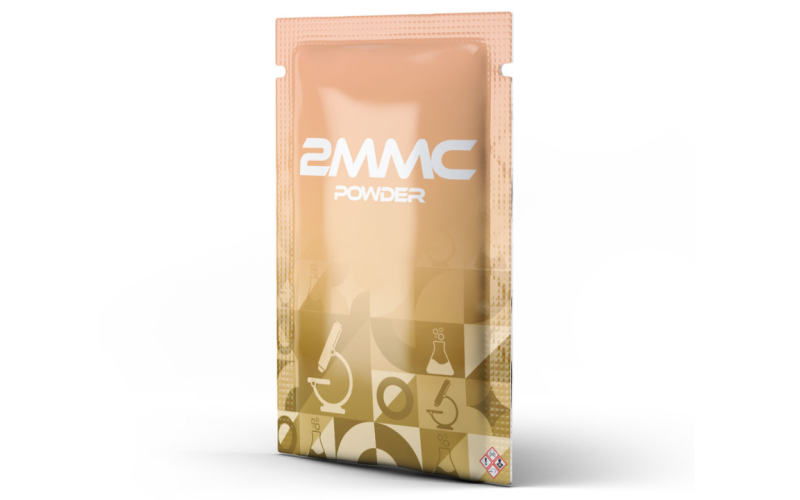We only sell our products to customers aged 18 years or over, for purposes of research only.

Delving into the Synthesis of 2MMC: A Comprehensive Exploration
In the specialized field of research chemicals, understanding the synthesis process of compounds like 2MMC is essential for scientific advancement. Aimimichem, known for their lab-tested, high-quality products, provides an excellent backdrop to explore the chemical intricacies involved in producing 2MMC. This article offers a detailed examination of the synthesis procedures for 2MMC, adhering closely to the chemical reactions and safety regulations.
We only sell our products to customers aged 18 years or over, for purposes of research only.

Introduction to 2MMC
2-Methylmethcathinone (2MMC) is part of the substituted cathinone family, which are beta-keto analogues of amphetamines. As with all research chemicals, 2MMC is designed for rigorous scientific study, not for human consumption. Aimimichem emphasizes its use in research due to its structured legality under Dutch laws and REACH regulations.
Chemical Properties and Classification
Chemical Properties and Classification
2MMC is a derivative of methcathinone, with an added methyl group at the alpha carbon of the phenyl ring. This modification impacts its pharmacological characteristics and the methods used in its synthesis.
Introduction to 2MMC
Creating 2MMC involves multiple steps, each critical for achieving a high-purity final product:
Preparation of the Precursor: Synthesis commonly begins with ephedrine or pseudoephedrine as the base. These substances are precursors in the synthesis of methcathinone, from which 2MMC is derived.
Oxidation to Form the Keto Compound: The initial step often involves oxidizing the precursor to form a β-keto compound. A typical oxidizing agent used is chromium (VI) oxide (CrO3), combined with sulfuric acid and acetone.
Methylation at the Nitrogen Atom: Following oxidation, the compound is treated with methylamine. This step introduces a methyl group to the nitrogen atom of the cathinone molecule, a key feature in 2MMC’s structure.
Purification: The synthesis process concludes with purification techniques like recrystallization or chromatography to isolate the desired 2MMC. This ensures the purity necessary for research use.

Rigorous Quality Assurance
Aimimichem’s commitment to quality is evident in their meticulous synthesis and testing processes. Each batch of 2MMC is subjected to stringent testing to verify its purity and consistency. This rigorous quality control is crucial for maintaining the integrity of scientific studies.
Research Applications of 2MMC
2MMC is utilized in research settings to study its effects on the central nervous system, its potential therapeutic uses, and its pharmacological profile. These studies are vital for expanding our understanding of neurochemical pathways and potential medical applications.

Conclusion: How is 2MMC made
The synthesis of 2MMC is an intricate chemical process that requires extensive knowledge of organic chemistry and strict adherence to safety and regulatory guidelines. Through the precise and controlled production environments provided by companies like Aimimichem, researchers can safely explore the properties and impacts of this compound. As we continue to decipher the complexities of substances like 2MMC, the role of high-quality research chemicals becomes increasingly crucial in the broader landscape of scientific inquiry.
Have Any Questions
We've answers
The synthesis process of 2MMC at Aimimichem begins with either ephedrine or pseudoephedrine. These compounds are crucial as they are the primary precursors in creating the β-keto compound essential for 2MMC production.
In the synthesis of 2MMC, chromium (VI) oxide is used as an oxidizing agent. It helps in converting the initial ephedrine or pseudoephedrine into a β-keto compound, which is a vital step in forming the final cathinone structure.
Methylation in the production of 2MMC involves treating the β-keto compound with methylamine. This step is critical as it adds a methyl group to the nitrogen atom, forming the complete cathinone structure necessary for 2MMC.
After the methylation step, the crude 2MMC is subjected to various purification techniques such as recrystallization and chromatography. These processes are essential to achieve the high purity and quality of 2MMC needed for research purposes.
We only sell our products to customers aged 18 years or over, for purposes of research only.

